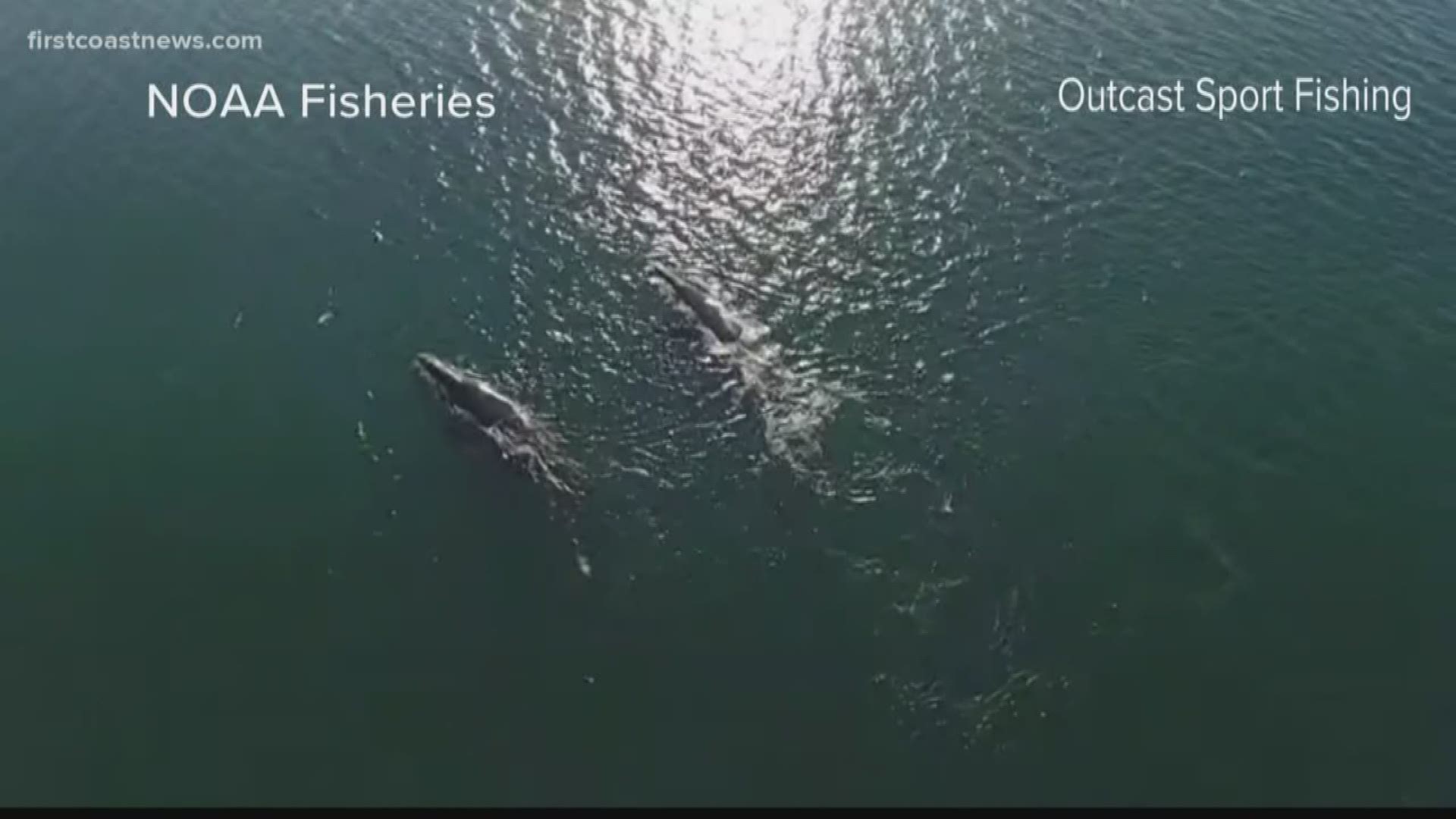Right now, there are only just over 400 right whales worldwide. Two-hundred of them used to be on the First Coast, but this season, there are only about 16.
NOAA Fisheries Whale Recovery coordinator, Barb Zoodsma, says things aren't looking good.
“It really is more of a dire situation I think than most people realize," she said.
She says the whales are dying faster than they are giving birth.
“If right whales are healthy, they’re calving every three years," she said. "You know, like clockwork, three years. Right now, we’re seeing the calving rate at seven years, eight years, even up to 10 years between calves.”
But new technology is being created by Draper, an engineering company based in Cambridge, Massachusetts in partnership with the New England Aquarium, to help save right whales. It wants to track the whales from space using satellite imagery. It could take at least five years for the project to fully launch.
But how does this help the whales?
“If you don’t know where a whale is, it’s hard to protect it,” Zoodsma said. She explained that by being able to track them, it's like putting a protective bubble around them.
For the public, there are smaller ways they can do their part in protecting right whales -- and it starts with the boaters.
One of the leading causes of death for these whales is getting hit by boats. Just days ago, a new right whale calf was spotted off the Coast of Georgia with injuries from a ship propeller.
“That’s a prime example that could have been prevented,” says Zoodsma. “What these vessel operators can do is slow down. It’s exactly like a school speed zone."
The other leading cause – fishing nets. Casting nets away from right whales can protect them.
“Right whales are threatened by fishing gear, they can get entangled in fishing gear," Zoodsma said.
For now, she holds out hope the right whale can be saved.
“This species recovery is absolutely contingent upon what the public does,” she said.

